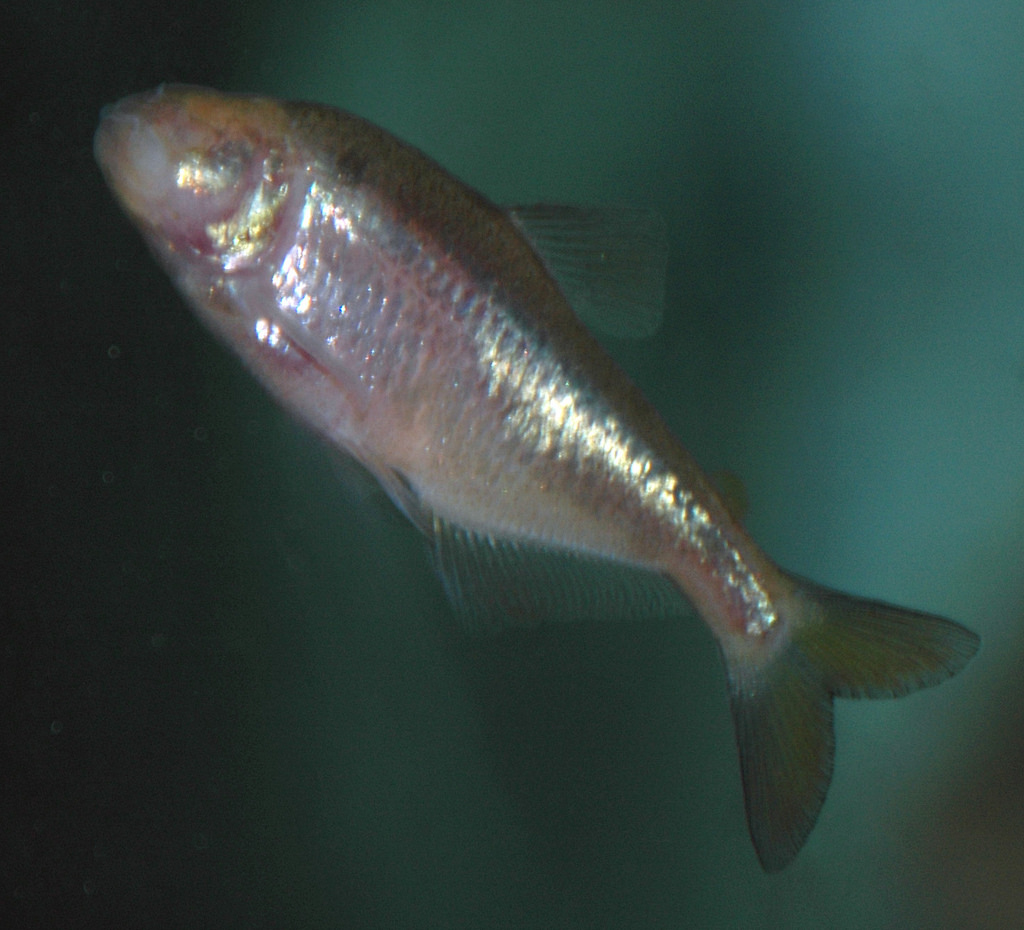Fat fish shed light on human obesity
Mexican cave fish accustomed to periods of starvation and binge-eating carry the same adaptation in the MC4R gene as some obese people.
Worldwide, human obesity rates are reaching epic proportions with over 60% of adults in the UK now classed as overweight or obese. But to what extent is this a genetic problem?
We all have different metabolisms. Some people can eat more than others without becoming fat; others seem to put on weight despite a leaner diet.
Some fish, it turns out, are similar. Ariel Aspiras and his colleagues from Harvard Medical School, writing this week in PNAS, have been comparing the metabolisms of a species of Mexican cave fish (Astyanax mexicanus) with their surface dwelling relatives.
These fish groups both belong to the same species. But over hundreds of thousands of years they have adopted quite differing lifestyles. The cave fish occupy dark caves of freshwater pools or rivers in Mecixo. Having no use for them, they have lost their eyes and skin pigments.
They have also adapted to an environment where they only have access to food for around three months of the year, when the rainy season causes animal and plant remains to wash into the caves. The rest of the time, they rely on their slower metabolisms and their ability to store energy in the form of prodigious fat reserves. The insatiable appetite of these cave fish enables them to make the most of the short periods of time when food is available.
To understand how metabolism has evolved differently in the cave and surface fish, Aspiras studied how these traits were linked to genes. This was done experimentally by scrutinising the fish genome for genes that differed between the surface and cave-adapted members of the species.
The cave fish, the team found, have a mutated version of a gene called MC4R, which is also present in humans. This gene is involved in appetite regulation and control of metabolic rate. People who diet are fighting against this gene, the role of which is maintaining body weight. In humans, MC4R is the most commonly found cause of inherited obesity linked to a single gene in humans.
In lab studies, after 2 months without food, the cave fish had lost only half the amount of weight as the surface fish. After 3 months, the cave fish were still healthy, whereas the surface fish began to die.
This mutated MC4R gene is clearly advantageous to the cave fish, causing an insatiable appetite and significant fat storage. But in humans, this is not so positive.
Understanding how these fish cope with being so fat could lead us forward in our battle against today's obesity epidemic. According to Aspiras, the fat cave fish are as healthy as their slimmer counterparts. "We looked at some blood parameters to test whether or not they have liver damage, or other complications associated with being really fat, and they appear to be fine."
To follow on from this study, Aspiras aims to look for further genetic mutations in the fish. This will enable us to search for those genetic influences that in humans affect our metabolisms and cause obesity. With luck, in the future we won't have to fight against our genetic tendency to be overweight.




Comments
Add a comment